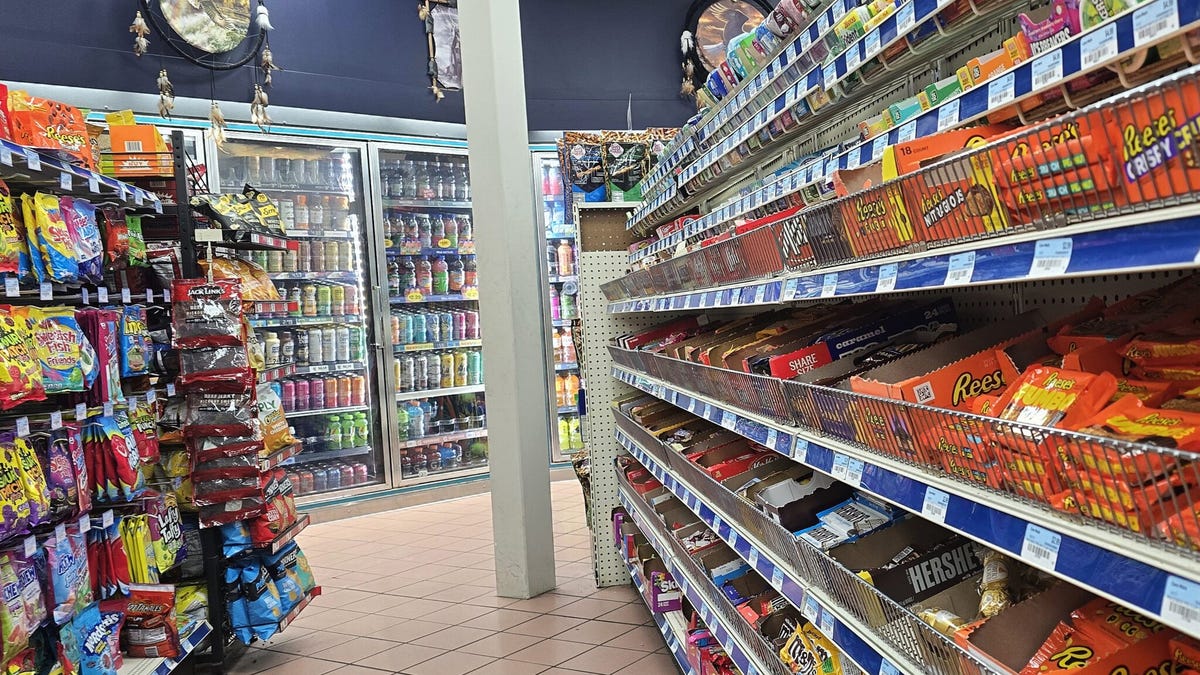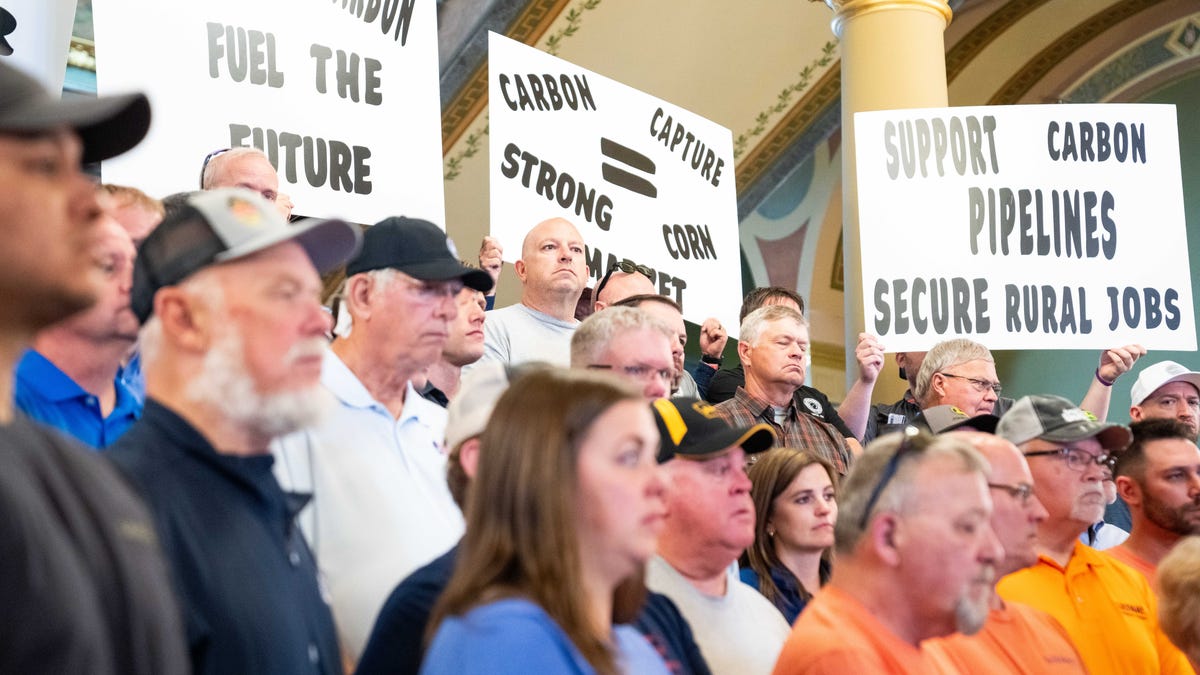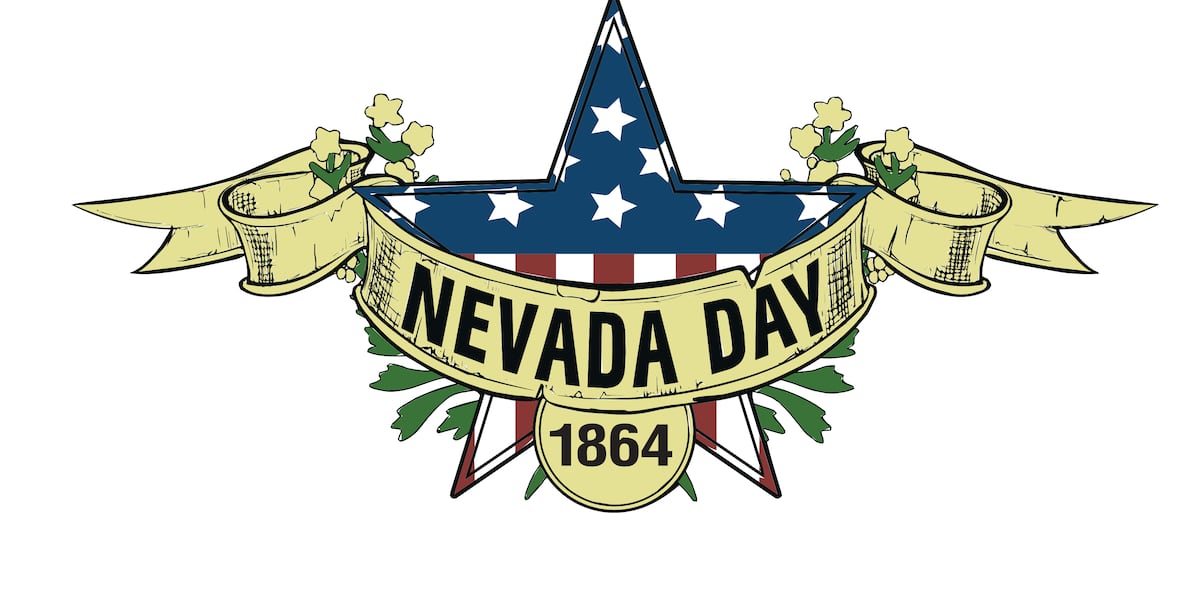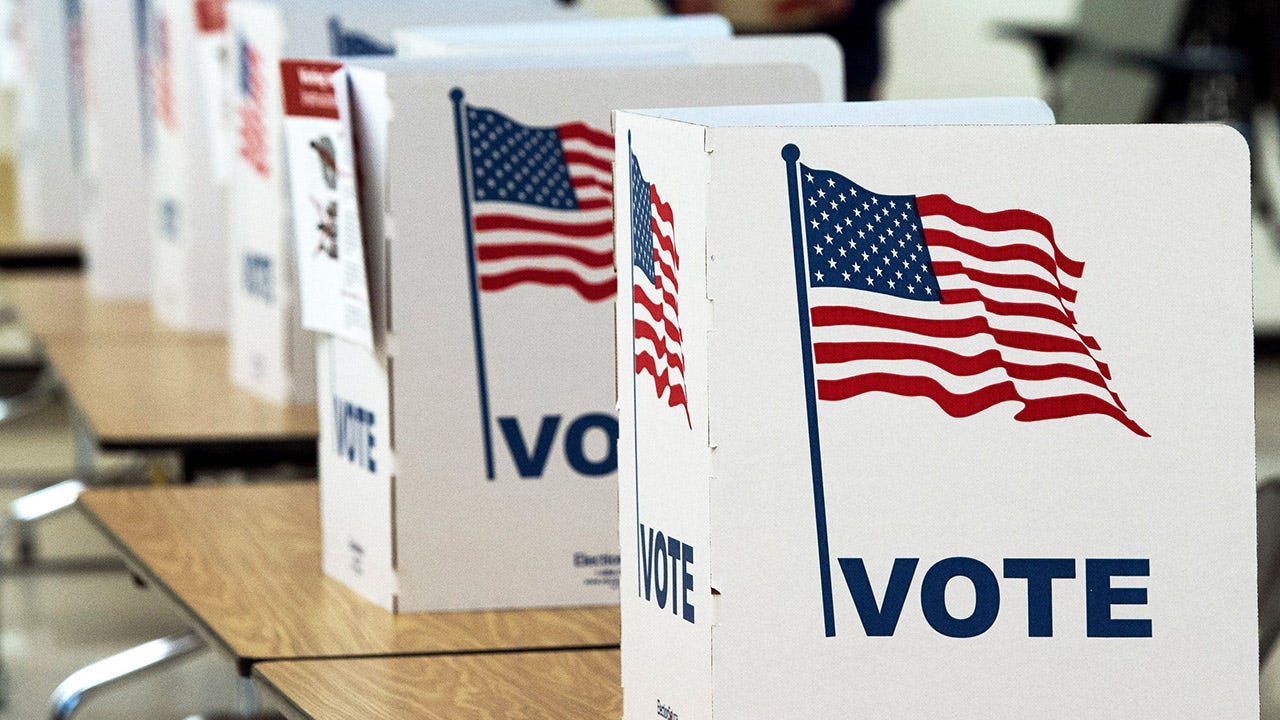North Dakota
Jimmies' Busek, Hagel, Martinson representing North Dakota
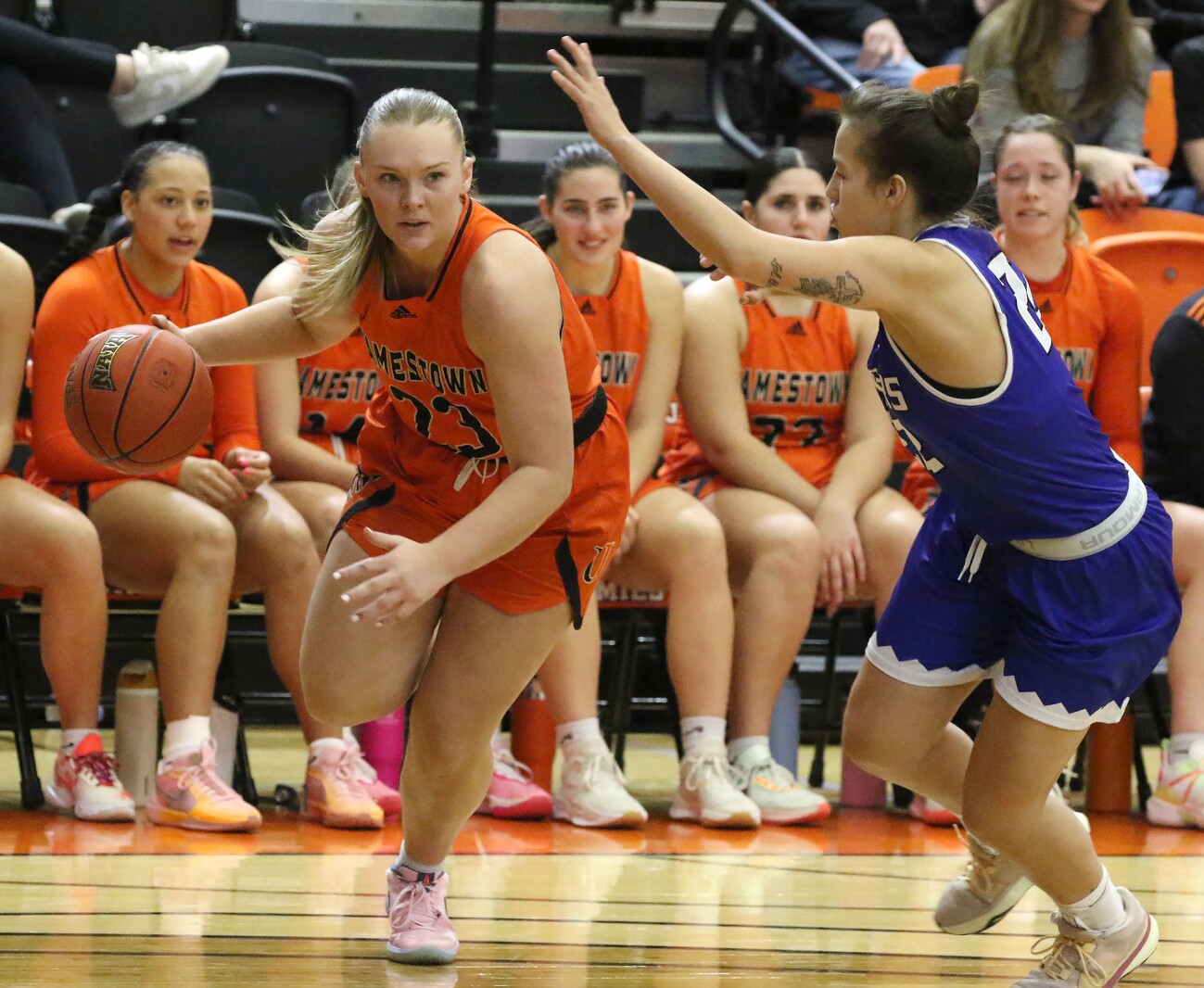
JAMESTOWN — When some high school seniors are making their decisions on where to go to college, they decide to go far from home while others decide to stay close to home. This year’s University of Jamestown women’s basketball team has three players who decided to take the latter option four years ago.
This year’s Jimmies squad has four seniors with three of them being from North Dakota. Jailyn Martinson is from Devils Lake, Kate Busek is from Fargo, and Hannah Hagel is from Carrington.
“It’s awesome. I know that our fans enjoy having players that they’ve seen in high school and followed through North Dakota high school basketball and seeing them during their high school playoffs and knowing who they are and then coming to our team and joining us and being integral parts for four years,” Jimmies head coach Thad Sankey said. “… It helps the connection to our local communities. It helps our connection as we recruit North Dakota high school players that those high school girls can see the generation of North Dakota high school players in front of them be successful as college players for us. So that’s an exciting thing … a lot of satisfaction involved from their side and also their families get to stay connected.”
John M. Steiner / The Jamestown Sun
The Jimmies have two other players from North Dakota on the team — freshman Jayden Wiest from Mandan and sophomore Halle Crockett from Reile’s Acres.
“I think it’s super cool,” Busek said. “… It’s cool to see all the people that I’ve known my whole life or from different communities like Hagel’s and Jailyn’s just being able to pull together and see us all play together. So I think it’s really cool that the three of us are here and we can represent our cities all together.”
As of Nov. 18, the Jimmies were 3-1. In the first four games of the season, the Jimmies outscored their opponents 295-253.
“I think coming in with a new group and losing two key players last year was hard but I think we really have big key players now that make an impact,” Martinson said.
As one of four seniors, Hagel said she does not feel as much pressure to lead as she would if it was just her.
“I don’t feel pressure at all. Having a team like this where everyone contributes and works hard every day and puts in the effort and everyone can rely on each other is very helpful,” Martinson said.
As of Nov. 18, Hagel led the group of three North Dakotans with 6.0 points per game followed by Busek’s 5.3 and Martinson’s 2.0. Busek led the team with 6.0 rebounds per game just ahead of Hagel’s 5.5. Busek also led the team with 3.0 assists per game.
“They’ve made quite an impact and obviously we think of on-the-court impact and contributing and helping us win games,” Sankey said. “But I think the impact culturally that our seniors have made is pretty incredible and how our team competes and how we build relationships and the value that we have on each other is a great thing. Those women definitely play a big part in that.”
Sankey said the trio’s roles will need to be figured out before they can increase their scoring averages.
“Some of it is just getting a little bit more comfortable in their offensive roles and understanding where they can fill needs,” Sankey said. “Our offense is a little bit different this year and we made some adjustments and added a little bit more movement, cutting, screening and off-the-ball movement. So every time that happens it takes players just a little bit of time to adjust and understand where are their options to attack and be aggressive and also every team’s scoring balance is unique. So what’s the opportunity that our team needs them to fill.”
Despite leading in multiple statistical categories, Busek said her biggest contributions to the team don’t show up in a box score.
“I think I provide a lot of leadership to the team just being out there and being vocal and helping new players as they step into new roles,” Busek said. “I think that’s something that we always need and I’m happy to do it.”
All three players said they want to get back to the NAIA Tournament after making it to the Sweet 16 last year.
Hello,
My name is Max O’Neill. I am a Sports Reporter at The Jamestown Sun. I am a native New Yorker, who graduated from Ithaca College in 2020 with a degree in Television-Radio.

North Dakota
What are the best states for job seekers? South Dakota ranks near the top, WalletHub says
How to survive a layoff and protect your finances
As more Americans are losing their jobs, these tips can protect your finances, secure health insurance and help find your next job fast.
With its low unemployment rate and ample job opportunities, South Dakota is one of the best states in the country to find a job, according to a new report from WalletHub.
To determine the best states to find a job, the personal finance website looked at a range of different metrics in two broad categories: the job market and economic environment. It gave more weight to the former, though, with particular consideration for the factors that influence job seekers to relocate for employment.
“Living in one of the best states for jobs can provide stable conditions for the long-term, helping you ride out the fluctuations that the economy will experience in the future,” said Chip Lupo, a WalletHub analyst. “The best states for jobs make it easier for residents to find and retain jobs, and employers in these states also offer very competitive compensation and benefits.”
Here’s what sets South Dakota apart from other states.
Oct. 30-Nov. 2, those in need can ask for the ‘Community Special’ at area Taco John’s
What makes South Dakota one of the best states to find a job, according to WalletHub?
In August, South Dakota’s unemployment rate was 1.9%, the lowest in the country, according to the Bureau of Labor Statistics. That same month, North Dakota’s unemployment rate was 2.5%, tied for second-lowest with Vermont.
South Dakota is the state where workers spend the least amount of time commuting, WalletHub’s report says, and it also ranks fourth-highest for job opportunities.
What are the best states to find a job, according to WalletHub?
These are the 10 best states to find a job, according to WalletHub.
- Massachusetts
- Connecticut
- Minnesota
- Vermont
- New Hampshire
- South Dakota
- Texas
- North Dakota
- Maine
- Rhode Island
North Dakota
UND is on the case – UND Today

While North Dakota’s workforce shortage is serious, it’s also the kind of problem that UND can and will help solve, as today’s Special Edition of UND Today makes clear
By Tom Dennis
Editor, UND Today
We are so lucky to live in North Dakota.
True, there’s a distinct lack of oceanfront views, and even the state Tourism Department once sponsored a tongue-in-cheek billboard that read, “North Dakota Mountain Removal Project completed.” But while North Dakotans know all about their state’s comparative weaknesses in scenery, they’re also aware — and rightly proud — of its exceptional strengths.
Here’s one:
Problems have solutions here. That very much includes the state’s workforce shortage, the issue that Gov. Kelly Armstrong campaigned on and ranks among the top concerns of the state Legislature.
And with that in mind, this Special Edition of UND Today is dedicated to the proposition expressed in the headline: UND is on the case.
Don’t misunderstand; the workforce shortage is an extremely serious issue. Earlier this year, the U.S. Chamber of Commerce released its Worker Shortage Index, an interactive map that “shows which states are suffering the most.”
In two and only two of the states, the crisis is listed as “Most Severe.” They are North Dakota and South Dakota, and while North Dakota’s index of 0.47 is slightly better than South Dakota’s 0.43, it still means North Dakota has only 47 available workers for every 100 open jobs.
In other words, ours is the second-worst workforce-shortage in America.
But think of it this way: Compared with high crime rates, poorly performing schools, frightful levels of homelessness and similar modern complaints, a workforce shortage is an enviable problem for a state to have. That’s because it’s much less intractable than those other concerns — and smart policymaking can make a difference.
That’s already happening, and UND is proud to be playing a part. For example, and as one of the stories in today’s Special Edition reports, the new STEM Complex and proposed Health Professions Collaborative Facility are designed to not only increase the number of graduates in those essential fields but also boost those graduates’ effectiveness and productivity once the new pros are on the job.
Elsewhere on campus, UND students already are being prepared to meet real-world challenges and bolster North Dakota’s STEM workforce development, as another of today’s stories reports. A third story describes North Dakota 85, the School of Medicine & Health Science’s initiative to raise to 85 percent the number of North Dakota residents enrolled in the school’s physician and physician-assistant programs.
And our story today about UND’s extensive online programs describes how, as the story puts it, “distance learning has long been a strategic tool for strengthening North Dakota’s workforce, extending UND’s reach and generating economic benefits statewide.”
As mentioned, UND is on the case.
In September, we published a Special Edition of UND Today titled, “Ten Years Later: The University’s Road to Record Recovery.” UND is enjoying record enrollment at the moment, the series noted. How did that growth come about?
In particular, what were the decisions — some of them very difficult, involving budget cuts and program closures — during the state’s financial crunch in 2016-17, that helped set UND up for its current enrollment success? How have state support, infrastructure improvements, research spending and other recent trends factored in?
Today, we’re extending that outlook to offer thoughts about the next 10 years. And because the state’s workforce shortage is top-of-mind for the elected leaders of North Dakota, it’s top-of-mind at the University of North Dakota, too.
The stories in today’s Special Edition explain how.
Thank you for reading UND Today, and your interest in and support of UND! Feel free to contact me at tom.dennis@UND.edu with any comments or questions.
Don’t miss the full series …
>> UND is on the case. While North Dakota’s workforce shortage is serious, it’s also the kind of problem that UND can and will help solve.
>> The North Dakota magnet of online education. UND’s online programs keep North Dakotans rooted and thriving in-state, while drawing people and positive attention from far and wide.
>> STEM U: New buildings promise to engineer student success. How UND’s STEM Complex and proposed Health Professions Collaborative Facility will grow key components of the state’s workforce.
>> STEM U: How UND educates the workforce of the future. Workforce preparation takes place in labs, classrooms and the Alaskan Arctic, among other locations across UND and beyond.
>> Growing our own physicians and physician assistants. With ND85, UND hopes to raise the number of North Dakota residents enrolled in M.D., P.A. programs at its School of Medicine & Health Sciences.
>> VIDEO: How UND is leading the way in STEM. The deans of UND’s College of Engineering & Mines and College of Arts & Sciences join President Andy Armacost for a conversation about STEM training.
More from Author

North Dakota
North Dakota widow with disabilities fears November SNAP halt amid ongoing government shutdown
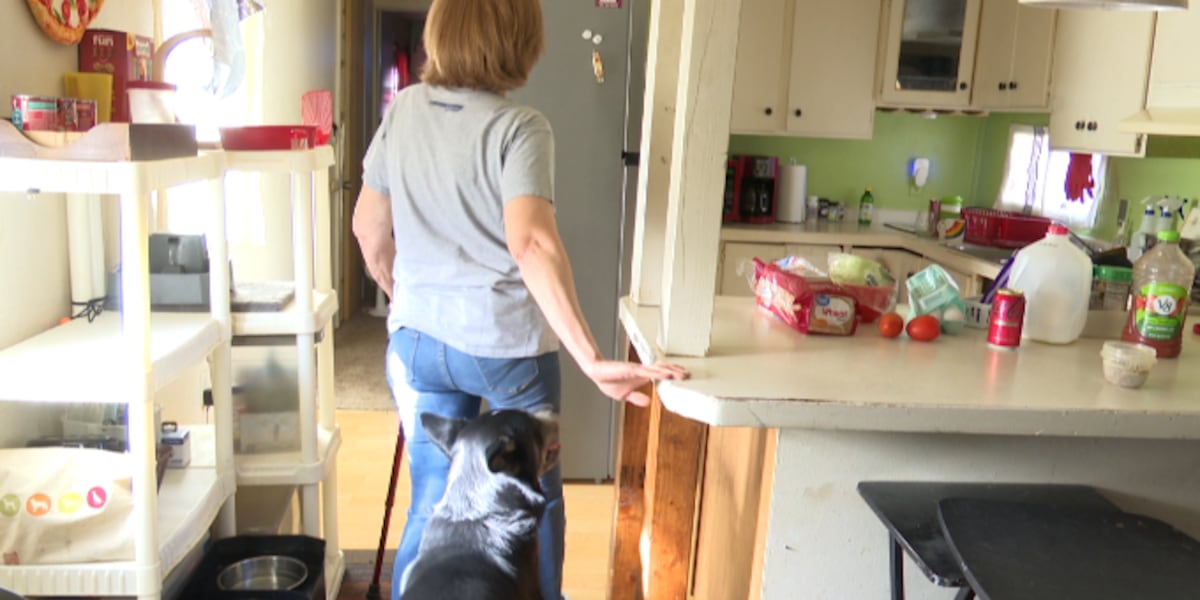
BISMARCK, N.D. (KFYR) – Federal food assistance for low-income persons is set to freeze on Saturday because of the gridlock in Washington.
Terry Hornbuckle is a 65-year-old disabled widow, and she wonders how she will be able to make up for SNAP payments if they are paused in November due to the government shutdown.
“Any penny that comes into this house is absolutely pinched until it screams,” said Hornbuckle.
The government shutdown started almost a month ago. Democrats want a resolution on expiring health care tax credits. But Republicans demand that Democrats end the shutdown before they negotiate anything.
“Well, we’re going to get it done. The Democrats have caused the problem on food stamps,” said President Donald Trump.
Hornbuckle is just living off her late husband’s Social Security. She finds it unfathomable that the shutdown is hurting society’s most vulnerable.
“I’m being used as a weapon. I’m marginalized. I’m collateral damage,” said Hornbuckle.
The state Department of Health and Human Services has funds it could use to resume SNAP, but federal rules prevent this.
On Thursday, Governor Kelly Armstrong will announce a plan that could help North Dakotans bridge a possible gap in food assistance after Nov. 1.
Hornbuckle said this would be a meaningful step in the right direction.
Minnesota Governor Tim Walz recently announced that he is sending $4 million in emergency funding to food shelves in advance of the SNAP benefits pausing.
Governor Armstrong’s office has not elaborated on what he is planning to announce on Thursday afternoon. We’ll be at the press conference and let you know the details as soon as we hear them.
Copyright 2025 KFYR. All rights reserved.
-

 New York1 week ago
New York1 week agoVideo: How Mamdani Has Evolved in the Mayoral Race
-

 News1 week ago
News1 week agoVideo: Federal Agents Detain Man During New York City Raid
-

 News1 week ago
News1 week agoVideo: Driver Crashes Car Into Security Gate Near White House
-

 News1 week ago
News1 week agoVideo: Inside Our Reporter’s Collection of Guantánamo Portraits
-

 World1 week ago
World1 week agoTrump to host NATO chief at White House as Putin meeting collapses
-

 Politics1 week ago
Politics1 week agoJack Smith defends subpoenaing Republican senators’ phone records: ‘Entirely proper’
-

 News1 week ago
News1 week agoNew York City ICE raid nets 9 arrests of illegal aliens from West Africa, 4 protesters also arrested
-
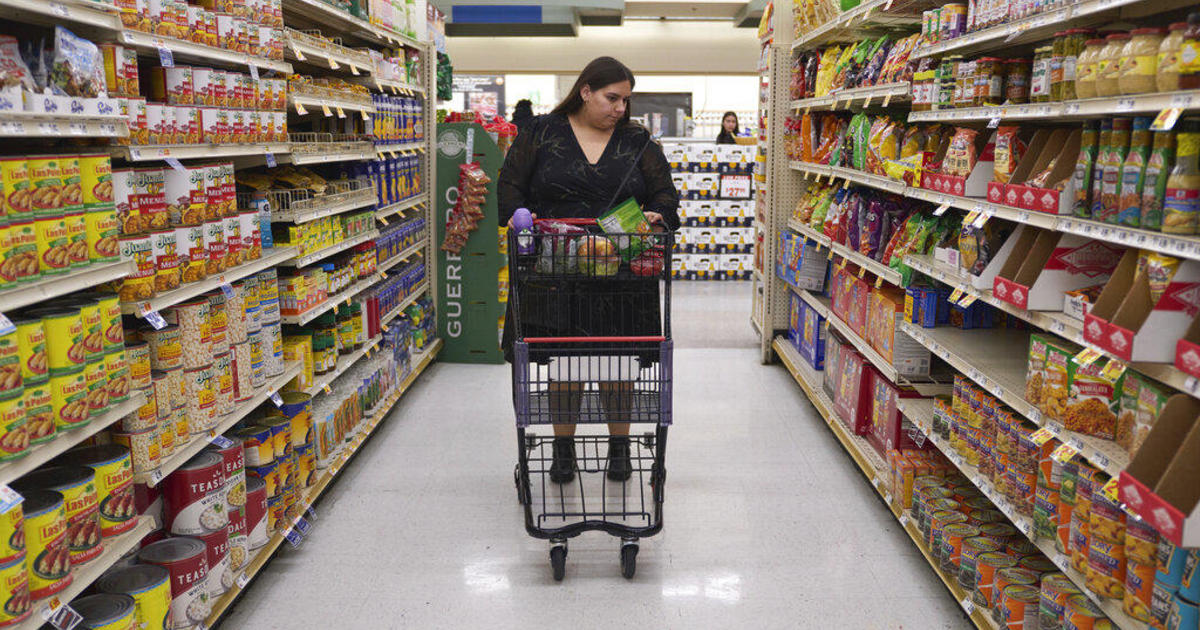
 News4 days ago
News4 days agoWith food stamps set to dry up Nov. 1, SNAP recipients say they fear what’s next


